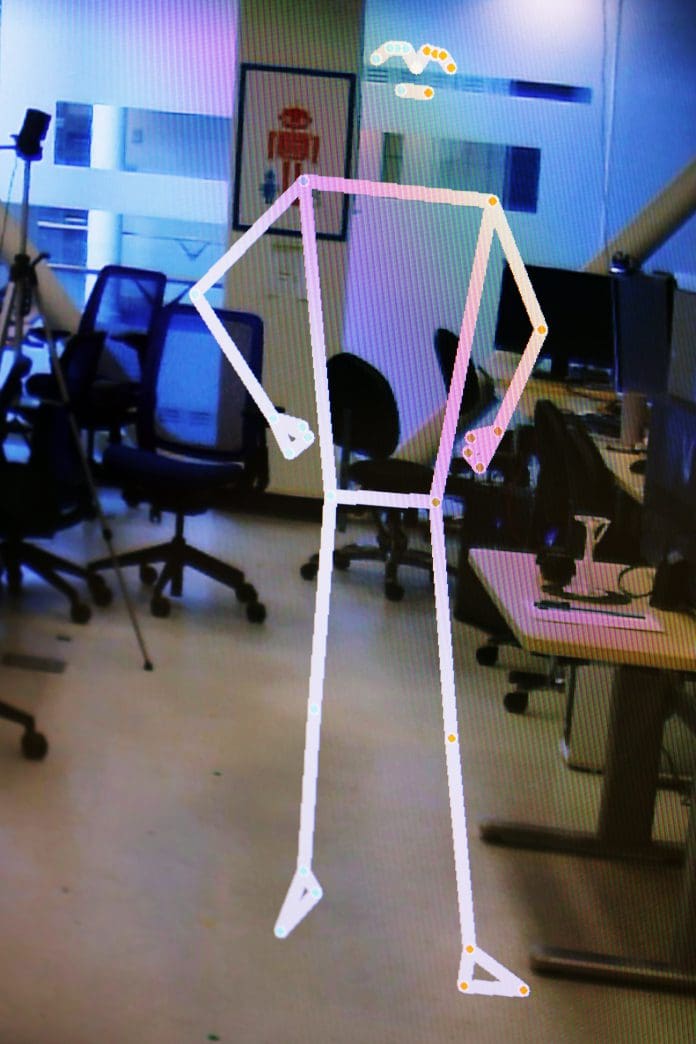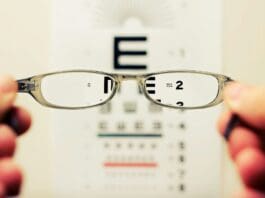
This post is also available in:
 עברית (Hebrew)
עברית (Hebrew)
PrivacyLens is a new camera that prevents companies from collecting identifiable photos and videos from smart devices.
Today’s world is filled with smart devices that use cameras to function, which means that there are probably way more pictures of us in various databases we are unaware of.
A team of engineers from the University of Michigan created PrivacyLens using both a standard video camera and a heat-sensing camera to spot people in images from their body temperature – after detecting a person, their likeness is completely replaced by a generic stick figure whose mirrors the person’s movements. This allows the device to function without revealing the identity of the person in view of the camera, an extra layer of anonymity that could prevent private moments from leaking onto the internet.
Alanson Sample, corresponding author of the study, described and explained the device: “Most consumers do not think about what happens to the data collected by their favorite smart home devices. In most cases, raw audio, images and videos are being streamed off these devices to the manufacturers’ cloud-based servers, regardless of whether or not the data is actually needed for the end application… A smart device that removes personally identifiable information before sensitive data is sent to private servers will be a far safer product than what we currently have.”
According to Techxplore, with this product, the raw photos are never stored anywhere on the device or in the cloud, which completely eliminates access to unprocessed images, a level of privacy protection that will hopefully make patients more comfortable with using cameras to monitor chronic health conditions and fitness at home, just as one example. A survey proves that the potential of replacing patients with stick figures helps make them more comfortable having a camera in even the most private parts of the home.
Another innovative feature the team introduced to the technology is a “sliding privacy scale” that allows users to control how much of their faces and bodies are censored. The researchers explained this decision, stating that some people might be comfortable only having their faces blurred when in the kitchen, but prefer the whole body to be censured in their private rooms, etc. “We want to give people control over their private information and who has access to it.”
This innovation could also help protect privacy in public spaces. For example, this technology could be used to prevent the use of autonomous vehicles for surveillance purposes.



